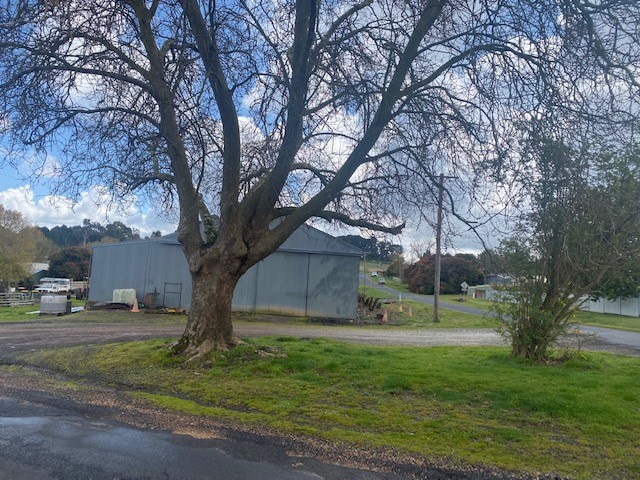Following on from our previous post, Do tree roots grow in sewer pipes during winter, deciduous trees that shed their leaves during the autumn, generally follow a similar pattern in terms of root growth during winter. However, there are a few additional factors to consider.
Deciduous trees undergo physiological changes in preparation for winter. As the days shorten and temperatures drop, they enter a period of dormancy. During this dormancy phase, metabolic activity slows down, including root growth. Deciduous trees allocate their energy resources towards survival mechanisms and protecting themselves from the cold rather than active growth.

One significant difference with deciduous trees is that they shed their leaves in the autumn. This leaf drop allows the tree to conserve water and energy during winter when resources are limited. Without leaves, the tree doesn’t require as much water and nutrients, reducing the demand on the roots during the dormant period.
While root growth is generally slower or dormant during winter for deciduous trees, some root activity may still occur. Roots continue to function for basic water and nutrient uptake, albeit at a reduced rate compared to the active growing season. According to the arborists I’ve spoken with, the majority of root growth for deciduous trees resumes in the spring, coinciding with the growth of new leaves and the tree’s transition out of dormancy.
So, while there may be slight variations due to leaf drop and dormancy, the overall pattern of reduced root growth during winter applies to both deciduous and evergreen trees.
But remember, tree roots from deciduous trees will still block your drains and if they do, we can help!

Thanks for the interesting and informative content.